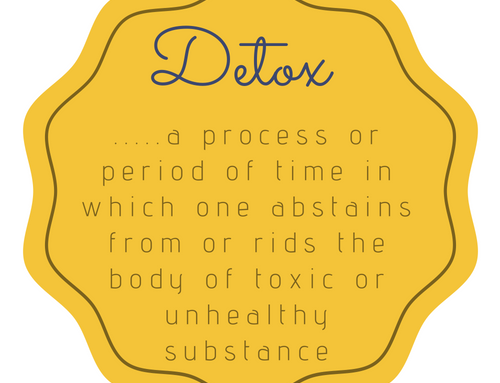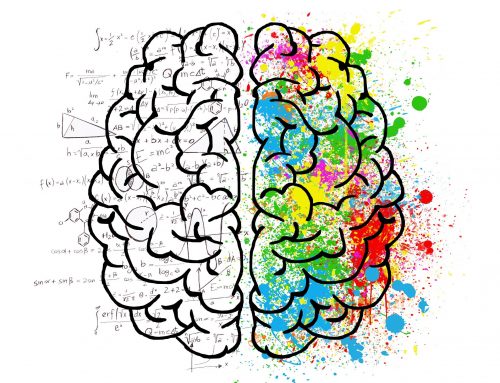Mindful Living
This blogpost is for you if:
- You are new to mindfulness
- You are confused about the difference between meditation and mindfulness
- You want to learn about the principles of mindfulness
- You want different ideas about how to incorporate mindfulness into your day
My Journey to Mindfulness
My journey to mindfulness has been somewhat indirect, to say the least. My initial perception of meditation was that in order to meditate I needed to clear all thoughts out of my mind. I decided that this would be impossible for me, so I steered clear of meditation for a very long time.
When I lived in South Korea, I spent many days in temples but it actually wasn’t to engage in meditation. I went to photograph the beauty of such tranquil sites. What I didn’t initially realize was that the essence of the tranquility made an impression on me during those visits. It wasn’t until years later, when I enrolled in a mindfulness program post-car accident to manage pain that I started to truly appreciate the broad benefits of mindfulness and recognize the familiar tranquility that had been preset at the temple sites in South Korea.
Through the mindfulness course, my experience of pain did improve; however something else unexpected also happened. I learned the initial steps of just letting things be. In fact, it was one of the rare times in my life when I wasn’t trying to achieve something. At that point in my life (following a rather difficult break-up) things hadn’t lined up the way I had hoped. Mindfulness taught me to begin to accept things as they are, to let go of my expectations and to release the pressure I was putting on myself to have things a certain way. I began to feel peace that I wasn’t otherwise able to achieve.
Meditation & Mindfulness
There are a lot of misconceptions about meditation, likely because there is a lack of general census across the scientific community and across various cultures on the specific definition of meditation. While it’s true that records of meditation (otherwise known as dhyana) date back to 1500BCE through Hindi traditions of Vedantism and is recorded in the Vedas (ancient Hindi scriptures), the act of meditation does not need to be a religious practice. This is because it has principles, follows a specific order and results can be studied. The Oxford dictionary defines meditation as “to focus one’s mind for a period of time”, while the Cambridge version states “the act of giving your attention to only one thing”. In general, meditation can be viewed as a range of practices (i.e. repeating mantras, focusing on breath, an object, thought or activity) with the central purpose of training and focusing the mind to achieve a peaceful state.
 Defining Mindfulness
Defining Mindfulness
Mindfulness as a practice of meditation is much more accessible to the general population. It was brought to the Western world primarily through the work of John Kabat-Zinn, founder of the Stress Reduction Clinic in 1979 and the Centre for Mindfulness in Medicine after studying with many Buddhist teachers, including the well-known teacher Thich Nhat Hanh. John Kabat-Zinn fathered the Mindfulness-Based Stress Reduction program (MSBR) which is currently widely offered through both the Canadian and American healthcare services.
Mindfulness is both a concept and a way of being. Essentially, it is the act of and being in the present moment completely. In Full Catastrophe Living, the book outlining the MBSR program, it is defined as “the awareness that arises by paying attention on purpose, in the present moment, non-judgementally”. Mindfulness is not about achieving. You can’t be good at mindfulness, or bad at mindfulness. You just are. However, mindfulness will develop with practice and like a muscle, can strengthen.
Foundations of Mindfulness Practice

Full Catastrophe Livingdescribes 7 main components of mindfulness, which will be briefly described here.
#1) Non-judgement: This is a key component. Many people will attempt to undertake mindfulness and feel worse afterwards only because they are judging themselves as passing or failing at the task. A non-judgement attitude means that you become aware of the judging and even the judging of the judging (or the judging of the judging of the judging!) without getting caught up in the opinions or ideas or act of judgement itself.
#2) Patience: By fostering patience, you are creating space for yourself to experience, in that very moment. Patience involves allowing things to take place in their own time and thereby generating acceptance of the current state of both the mind and the body.
#3) Beginner’s Mind: Essentially this means experiencing something for the very first time, with a curious awareness. Channelling your inner child is an excellent way to come to this mind frame. Watching/interacting with young children as they experience the world is a pleasant reminder of how fascinating and extraordinary the world really is. Travel to new destinations and cultures is another way to engage this mind frame.
#4)Trust: The basis of this component is that you are the expert in your own body. Trust means acknowledging, respecting and listening to your own inner wisdom, and not necessarily looking to others to tell you how things should feel, or should be done.
#5) Non-Striving: To not strive means to set aside any goals that you may have for your practice, and simply be. Mindfulness-based meditation is about the ‘non-doing’. It is not about doing meditation to achieve a certain mind frame, such as being more relaxed or feeling more ‘zen’, but rather it is about fostering awareness, and observance about what already is.
#6) Acceptance:In this regard, acceptance means “seeing things as they actually are in the present”. Ironically, we tend to have to accept the state that exists without trying to change it before change can actually take place. For example, denying feelings of anger only generates further anger due to the suppression of the initial emotion. One cannot change behaviours associated with addiction like alcoholism without acceptance that one is an alcoholic. The purpose of acceptance is not to change, but often through acceptance comes healing and often change. Kabat-Zinn defines healing as ‘coming to terms with things as they are’. This is quite relevant when it comes to dealing with chronic illness. In mindfulness practice, accepting the moment as it comes is an essential component.
#7) Letting Go– This means that you have an attitude of non-attachment. It is in reference to our tendency to hold on to events from the past or ideas for the future, whether pleasant or painful. It is about not valuing or elevating one experience above or below another.

Mindfulness Outcomes
The practice of mindfulness is showing powerful results in terms of both improved health and mental health outcomes. From a psychological health perspective, mindfulness has been has been linked to a reduction in symptoms associated with depression, anxiety, substance use, eating disorders and chronic pain. It has also been connected to higher levels of positive emotion, increased life satisfaction, an increased ability to regulate emotions and reduced feelings of loneliness.








